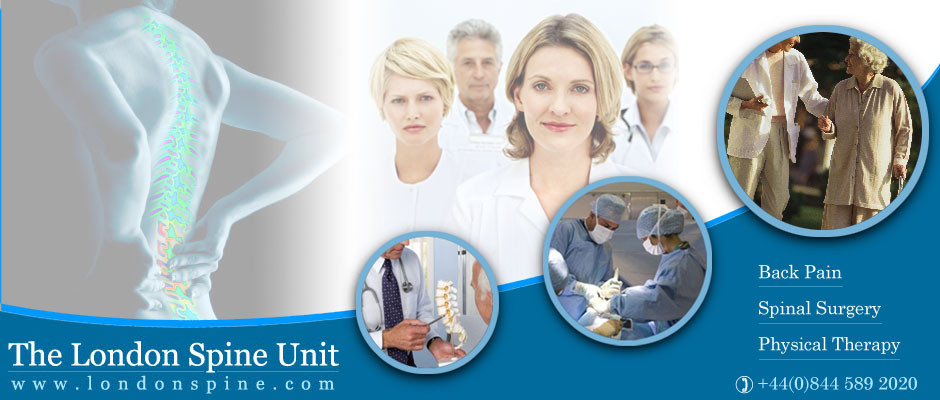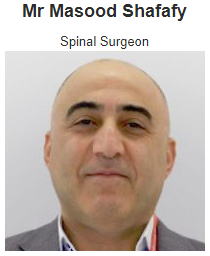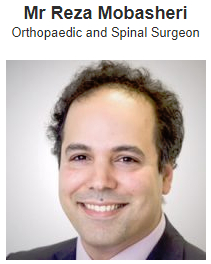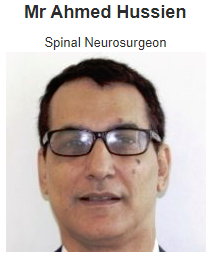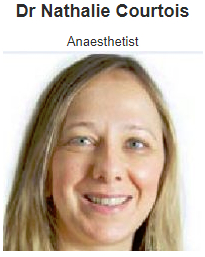Adolescent Idiopathic Scoliosis is a problem that causes the spine to curve and turn sideways side. It is found most often in girls in their early teenage years. However, children can also have it. No one knows exactly what causes scoliosis but we do know that scoliosis is not a consequence of things like loading heavy bags or sports. If someone in your family (such as a parent or a brother/ sister) has scoliosis, you may be more likely to have it too.
Signs of scoliosis may include:
- • One shoulder higher than the other.
- • One scapula that protrudes more than the other.
- • An uneven waist.
These signs usually appear little by little as they grow. You and your parents can not even notice them.
A severe spinal curve that does not receive treatment can get worse as the patient grows. As time passes, it could cause problems. These can include the following:
- • Back pain.
- • Arthritis in the back.
- • A twisted aspect of the body.
- • Clothing that does not fit properly.
- • Heart and respiratory problems (in rare occasions).
Your doctor will recommend the best treatment for you. It's based on your age, how much more it can grow, and the size and type of the spinal curve. The three types of treatment for scoliosis are:
- • Observation: Ocular revision of a small curve to see if it changes as it grows.
- • Use of orthopedic brace: The use of orthoses until your spine has developed completely to prevent a curve to get worse.
- • Surgery: A surgical intervention to stop a very serious curve worsen.
The causes of scoliosis can include ;
1. Spinal fracture
2. Spinal Infection
3. Spinal Tumours
4. Severe pain due to disc degeneration
5. Osteoporosis
6. Bone deformities at birth (Congenital)
A noticeable scolisos should always be investigated by a doctor who specialises in spinal conditions (ie an orthopaedic spinal surgeon). At the London Spine Unit we can investigate scoliosis using the most advanced imaging technologies. We are one of the few centres in the UK who have the EOS machine and doctors who specialise exclusively in spinal surgery.


